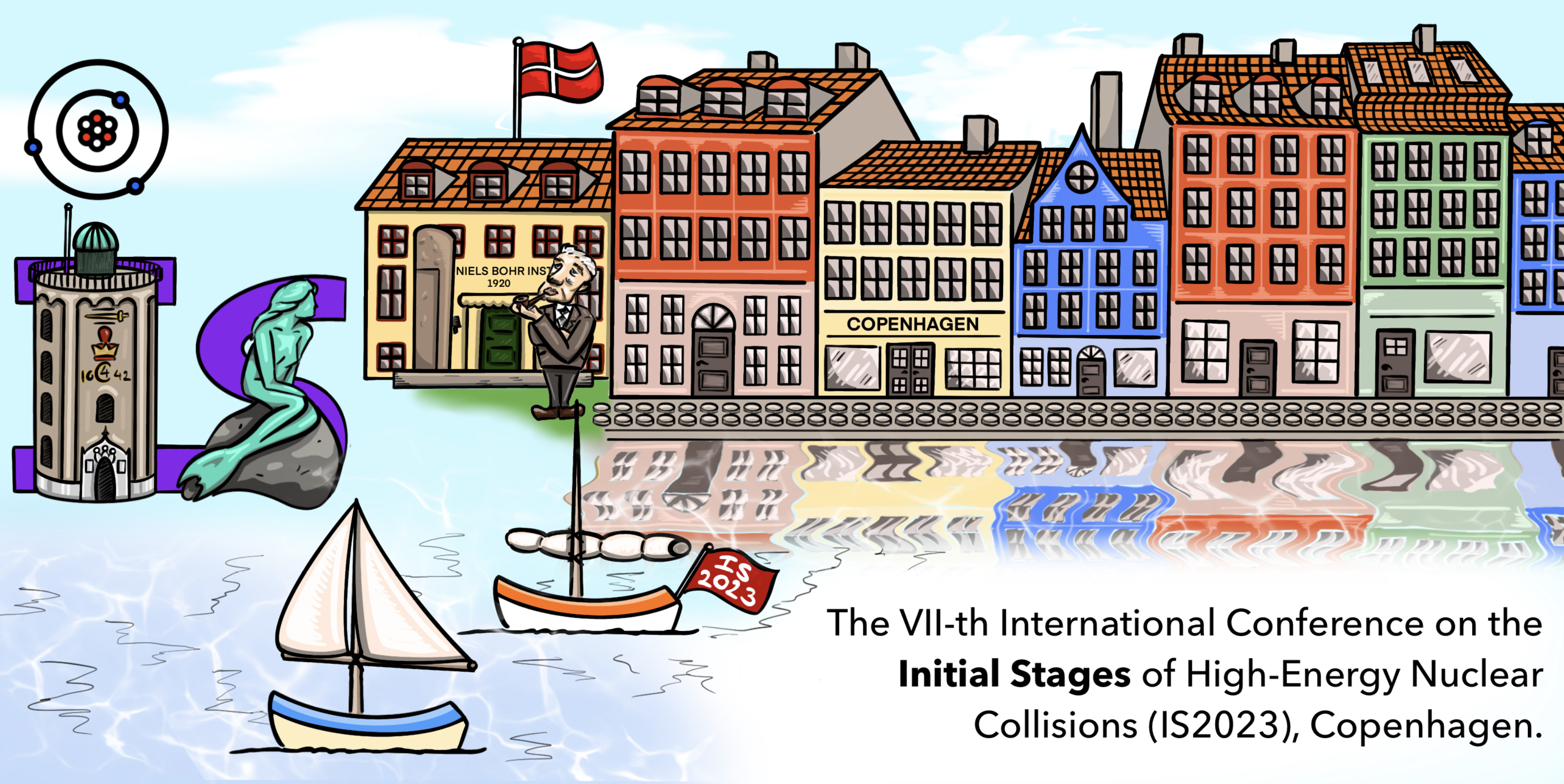Speaker
Description
Many atomic nuclei have a deformed intrinsic shape that affects the initial-state geometry of the related collider experiments, and hence the flow coefficients observed in the final states. We use collisions of deformed nuclei to study the connection between nuclear structure at low energy and the effective theory of high energy QCD. Along with 16O, the clustered and deformed structure of 20Ne is studied across different collision energies via JIMWLK evolution equations to search for QCD-induced modifications to the nuclear geometry and their observable signatures. Our range of $\sqrt{s_{\rm NN}}$ varies from top LHC energy at $7$ TeV, down 70 GeV, corresponding to the center-of-mass energy available in fixed-target experiments performed in the SMOG system of the LHCb detector. In addition, we discuss ratios of observables in isobar collisions involving $\rm{Ru}^{96}$ and $\rm{Zr}^{96}$, which differs from unity because of the structural difference of these isotopes, and examine their energy evolution from RHIC to LHC.
| What kind of work does this abstract pertain to? | Theoretical |
|---|---|
| Which experiment is this abstract related to? | LHCb |
